Chronic Obstructive Pulmonary Disease (COPD)
Article Sections
Introduction
Chronic obstructive pulmonary disease (COPD) encompasses several progressive lung disorders characterized by persistent airflow limitation and chronic inflammation in the lower respiratory tract. It is a major cause of morbidity and mortality worldwide, with rising prevalence.
Pathogenesis and risk factors
COPD is characterized by progressive, irreversible lower respiratory tract (bronchi and alveoli) inflammation and damage due to an interplay of environmental, genetic, and developmental risk factors:
- Environmental: cigarette smoking, combustible biomass (eg, indoor wood stove cooking is the leading cause of COPD globally), occupational exposures (eg, coal mining), air pollution
- Genetic: polymorphisms in inflammatory (eg, ↑ TNF-alpha), protease-antiprotease (eg, ↑ neutrophil elastase, ↓ alpha-1 antitrypsin), and senescence (eg, telomerase) loci
- Developmental: low peak lung function attained by adulthood (eg, prematurity, low birth weight), recurrent childhood respiratory infections
Continue Learning with UWorld
Get the full Chronic Obstructive Pulmonary Disease (COPD) article plus rich visuals, real-world cases, and in-depth insights from medical experts, all available through the UWorld Medical Library.
Figures
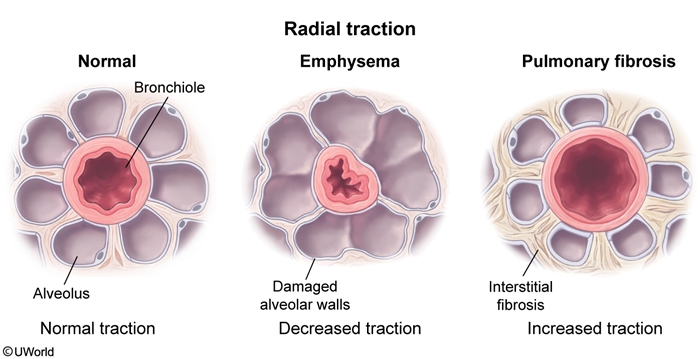
Figure 1
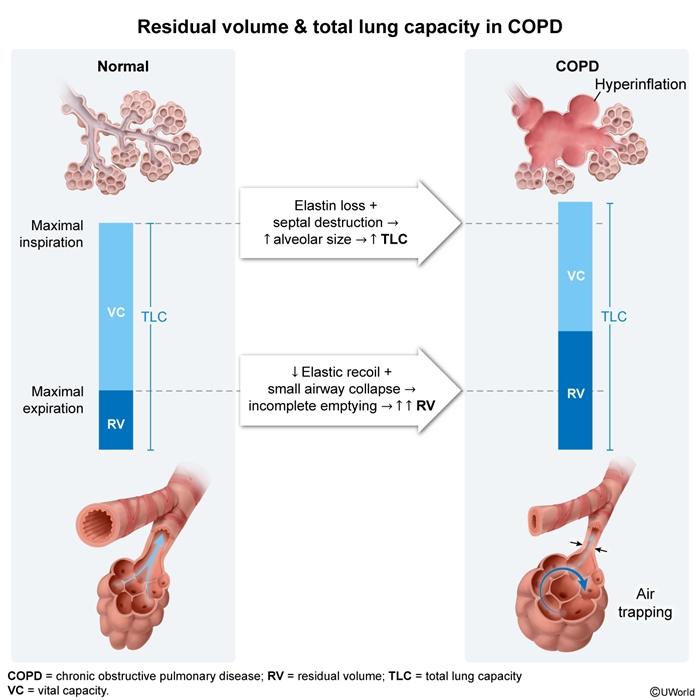
Figure 2
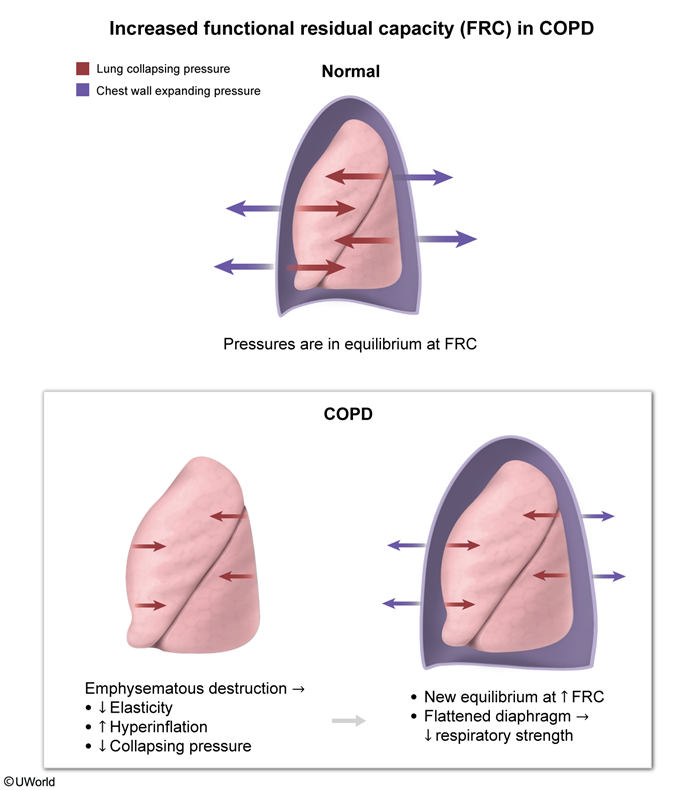
Figure 3
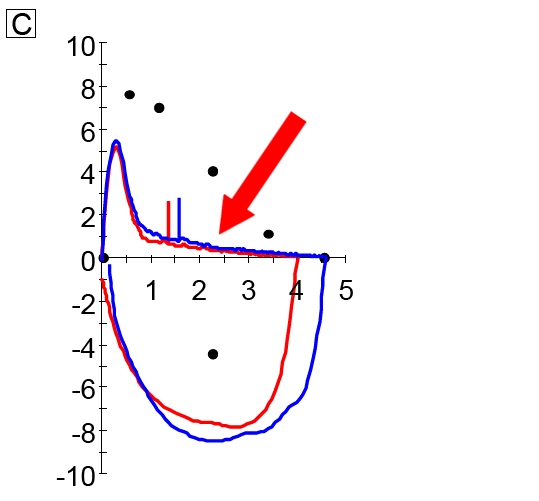
Figure 4
Images
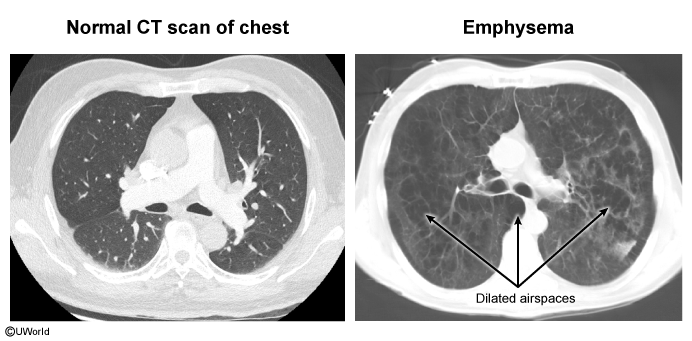
Image 1